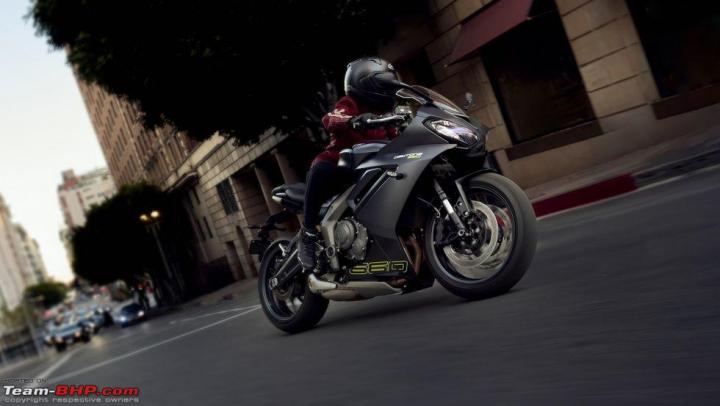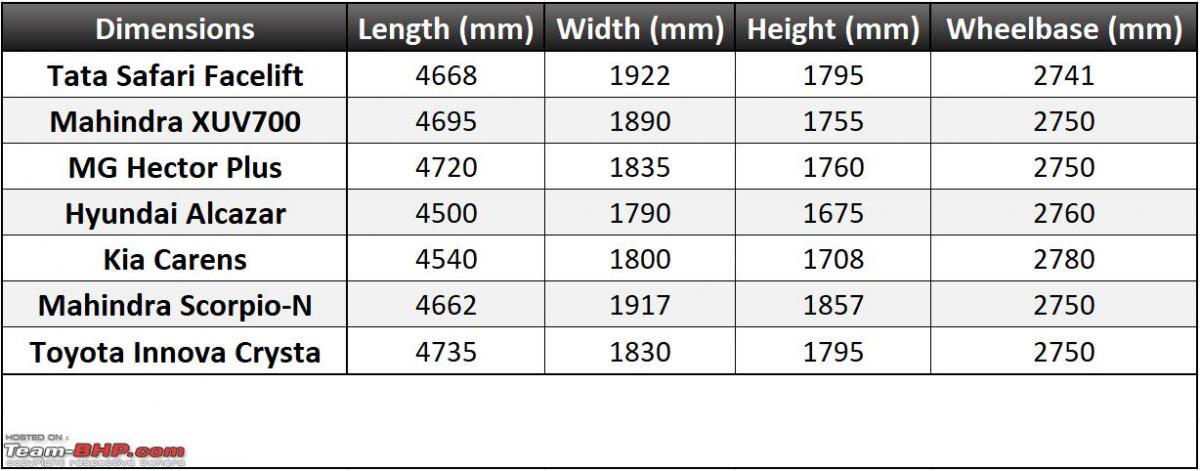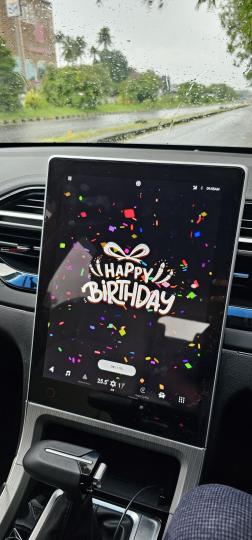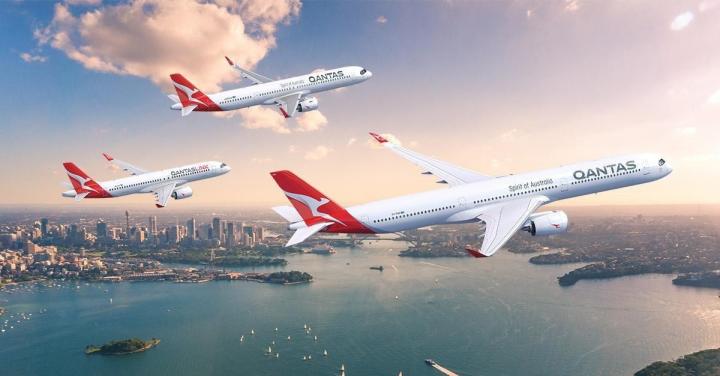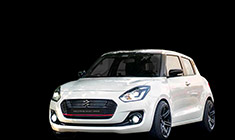News
USA: Hyundai betting on sedans for profitability this year
The Korean carmaker wants to achieve "double-digit growth" this year with the two models.
According to media reports, while SUVs continue to be a significant player in the automotive market, Hyundai believes there is still room for traditional sedans. Reports state that Hyundai, which recently updated its Elantra & Sonata models in the US, could bring in more profitability for the company.
The Korean carmaker wants to achieve "double-digit growth" this year with the two models. Jose Munoz, CEO of Hyundai Motor North America, even confirmed that the carmaker will ramp up production of the two sedans as they will be a "key factor for profitability" this year.
The new Hyundai Elantra went on sale in the US market in fall 2023. The company, since launch, has delivered just 6,900 units - 20% down from the same month last year. The Elantra is priced at $22,775 for the base-spec, while the range-topping N model costs $34,850.
Similarly, Hyundai also recently updated the Sonata in the USA. The larger sedan also comes with a striking design and is priced between $28,650 - $38,350. The carmaker delivered only 3,121 units of the Sonata last month - a 36% decline compared to January 2023.
Munoz stated, "We are not trying to overproduce, but we're losing some sales because the dealers don't have the trims, the versions, that they would like to, so we're very mindful of that."
Source: AutomotiveNews
News
USA: Shell shuts down all hydrogen stations across California
The struggles with Hydrogen fuel stations also bring uncertainty related to the future of hydrogen-powered vehicles
According to media reports, Shell has confirmed that it will be permanently shutting down its light-duty hydrogen stations in California, USA immediately.
Shell operated 7 of the 55 hydrogen stations in California, per the Hydrogen Fuel Cell Partnership (H2FCP). In a letter announcing the shutdown, Andrew Beard, VP, Shell Hydrogen, stated that the stations were closing "due to hydrogen supply complications and other external market factors."
Reports state that the supply issues aren't specific to Shell. A majority of the hydrogen stations in Southern California are offline or operating with reduced hours. Another company, Iwatani, a Japanese gas company - one of the largest names in American Hydrogen filling stations, has a notice board at one of its stations, which states, "Our primary hydrogen supplier has experienced a disruption that will impact our access to hydrogen for the Hawaiian Gardens station. We currently do not have an ETA to return to normal service levels and will provide updates as soon as we have more information. We greatly appreciate your patience for the additional downtime this will cause."
The struggles with Hydrogen fuel stations also bring uncertainty related to the future of hydrogen-powered vehicles in the USA. While H2-powered vehicles are cheap, the tech has struggled and its cost of fuel remains expensive.
Source: HydrogenInsight
News
Repainting my car: Which is better manual or using a robot?
Recently, I got my Crysta painted - while they did a great job with colour matching and spray, they did an average job with surface preparation.
BHPian imp! recently shared this with other enthusiasts.
I recently got some paint work done at an ASS and was distinctly unhappy with the quality of workmanship and was looking for ways to rectify the paint job.
This got me thinking about the paint process done at the factory using Paint Robots. All else being equal, Robots will always be able to give the same level of refinish, unlike manual painting which is dependent on the skill of the painter.
I was discussing this with a friend of mine and he said the same that if there was an option to get robotic painting (if priced competitively or on par with manual painting) then he’d go that route.
What do you guys think?
Here's what GTO had to say on the matter:
Robots are insanely expensive, need a lot of real estate space, need programming, maintenance etc. It's an answer to a problem no one has. Good dealer paint booths & aftermarket shops do very high-quality repainting. You need to find a good paint shop, not a robot.
Here's what BHPian androdev had to say on the matter:
If you are happy with the paint match, you should consider yourself lucky. You can ask them to redo it to get a proper finish - it's not that hard.
Robotic painting is not viable IMO.
Most reputed paint shops are able to achieve a good finish. However paint match is very difficult for old cars and robots are not going to be of much help.
Robots need to be programmed for the paint formula and shape of the painting area - a very highly skilled/expensive job not at all suitable for a repair shop where each job comes with its own unique requirements.
It's not enough to buy these $$$ Robots, their maintenance will be unimaginably expensive.
RoI will be very poor, especially in India where even luxury car owners are not willing to open up their wallets.
Here's what BHPian audioholic had to say on the matter:
I have had similar thoughts before on why there haven't there been instances of body shops using robots to replicate what the factory robots do for painting a panel. I’m no expert in the field of body work but have extensively seen different shops finish various cars across the world thanks to Social media. What I realised is it’s not just the robot that would make a huge difference. It's what happens from the denting process, surface preparation, colour matching, painting process, quality of the materials, quality of tools and the overall sterile environment. The robot only contributes to a very even and consistent paint spread. So this would only solve a part of the whole problem which a skilled and passionate painter could easily replicate, at a fraction of the cost.
Recently I got my Crysta painted - while they did a great job with colour matching and spray, they did an average job with surface preparation which led to a slightly wavy finish. Here a robot couldn’t have made much of a difference.
Next is the cost aspect - Such robots are insanely expensive and unless its utilized almost all the time and repeat the same job, they won't be economically viable. A few years ago for our company we bought robots from Kuka which is a leading manufacturer. Each robot was upwards of 50L rupees. Imagine how this amount could be recovered in a body shop. And the robot does not really replace labor. So the robot is an additional cost and even if you consider a 1k rupee premium per panel just because there is a robotic process, you have to paint 5000 panels just to recover the cost of the robot. Considering the best case of painting five panels a day, it will take 1000 days straight to recover the cost. Now imagine how many variables will change. That is why no one has tried it at least to my knowledge.
Here's what BHPian Jeroen had to say on the matter:
I don't think it is feasible at least not any time soon. Robots need programming. Robots are extremely effective when spraying a complete car from New. And it's not the spraying that takes a lot of time either!
Respraying parts of a Fender and so on takes a lot of experience and skills that are difficult to program a robot with. Every job needs a different programming most likely.
When it comes to costs, it is not the amount of spray hours that makes repairs expensive. It is the prepping, filling, filing and masking. And after the spraying there is usually still some rubbing down and or polishing required.
Take my Jeep on which I had both wings and the bonnet resprayed. The actual amount of time the guy spent out there with his spray gun was less than half an hour. But it took almost 8 hours of prepping and another 1, 5 hours of finishing once it had been sprayed.
I can honestly say that here in the West, any decent repair and paint shop will do an outstanding job. There is absolutely no way you can tell the old paint versus newly repaired and repaired bits. Not in colour, texture or anything. The only way to tell is with a paint thickness measuring tool. The original coat of paint is always thinner than the re-spray.
Check out BHPian comments for more insights and information.
News
Triumph Daytona 660 globally unveiled
Triumph will bring the motorcycle to the Indian market to take on the likes of the Yamaha R7 and the Kawasaki ZX-6R.
Triumph recently took the wraps off the Daytona 660.
The new fully-faired motorcycle is the third model in the brand's 660 lineup, following the Trident & Tiger Sport. Although a successor to the original Daytona 675, the new 660 model offers a more relaxed and comfortable riding position.
The 2024 Triumph Daytona 660 comes with clip-on handlebars, split seats, and slightly lower-positioned footpegs for a sporty yet comfortable riding posture. The Daytona 660 borrows the main frame, wheels and most other mechanical components from the Trident 660. However, the Daytona is 12 kg heavier than the Trident and also exclusively gets Triumph-branded radially-mounted calipers. The fully-faired motorcycle also has a 5 mm higher seat height than the Trident and comes shod with sportier Michelin Power 6 tyres.
Powering the motorcycle is the same 660cc triple-cylinder engine. On the Daytona, it is tuned to produce 95 BHP and 69 Nm - the most powerful state-of-tune compared to its siblings. The bike comes with a special 'Sport' riding mode, apart from Rain & Road. Bluetooth connectivity and bidirectional quickshifter are standard, while also being offered with a host of optional accessories.
Prices for the Triumph Daytona 660 start from 8,595 GBP (Rs 9.09 lakh), and sits above the Trident 660 in the lineup. Triumph will bring the motorcycle to the Indian market to take on the likes of the Yamaha R7 and the Kawasaki ZX-6R.
News
MG ZS EV owner test drives & compares all EVs between 50L to 1 crore
Kia EV6 AWD is the runner-up for those who want an IONIQ 5 but with blistering performance, albeit at a hefty 20L premium.
BHPian Kevinrevvz recently shared this with other enthusiasts.
I have been one of the early adopters of EVs in India with the first generation MG ZS EV and I have been truly taken aback by the rapid and exponential growth of EV technology, infrastructure and sales in India in the last couple of years. I had the pleasure of driving a Hyundai IONIQ 5 recently and I was shocked that Hyundai could offer such a high-end car at a great price point. Then I checked out the Kia EV6 AWD and was shocked by the sub 5s 0-100 but an otherwise identical cousin to the IONIQ 5. This slowly led me to drive pretty much every single EV available in the market to study the state of the EV market in our country. The luxury segment has seen significantly more buzz than the budget ones with every car improving by leaps and bounds from the previous offering from their respective marques. However, the Hyundai Kia cousins stood out which led me to compare it with 3 other similarly priced EVs and 3 more flagship EVs priced almost three times as much as the IONIQ 5.
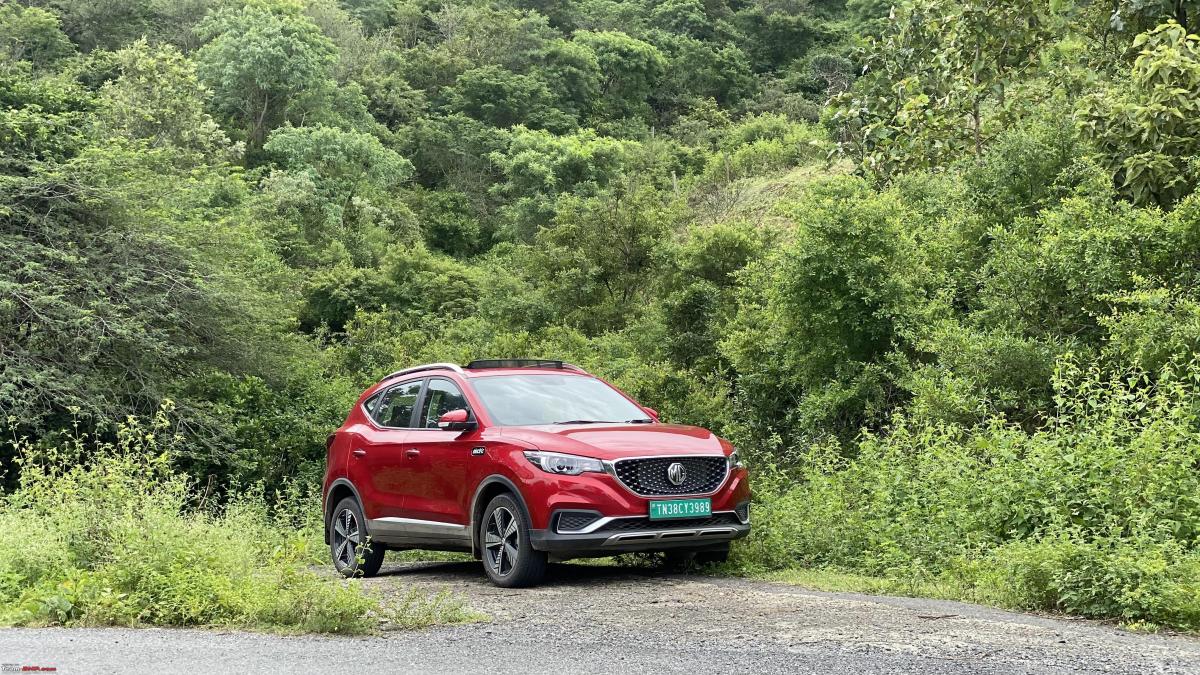
Impressed with E-GMPs:
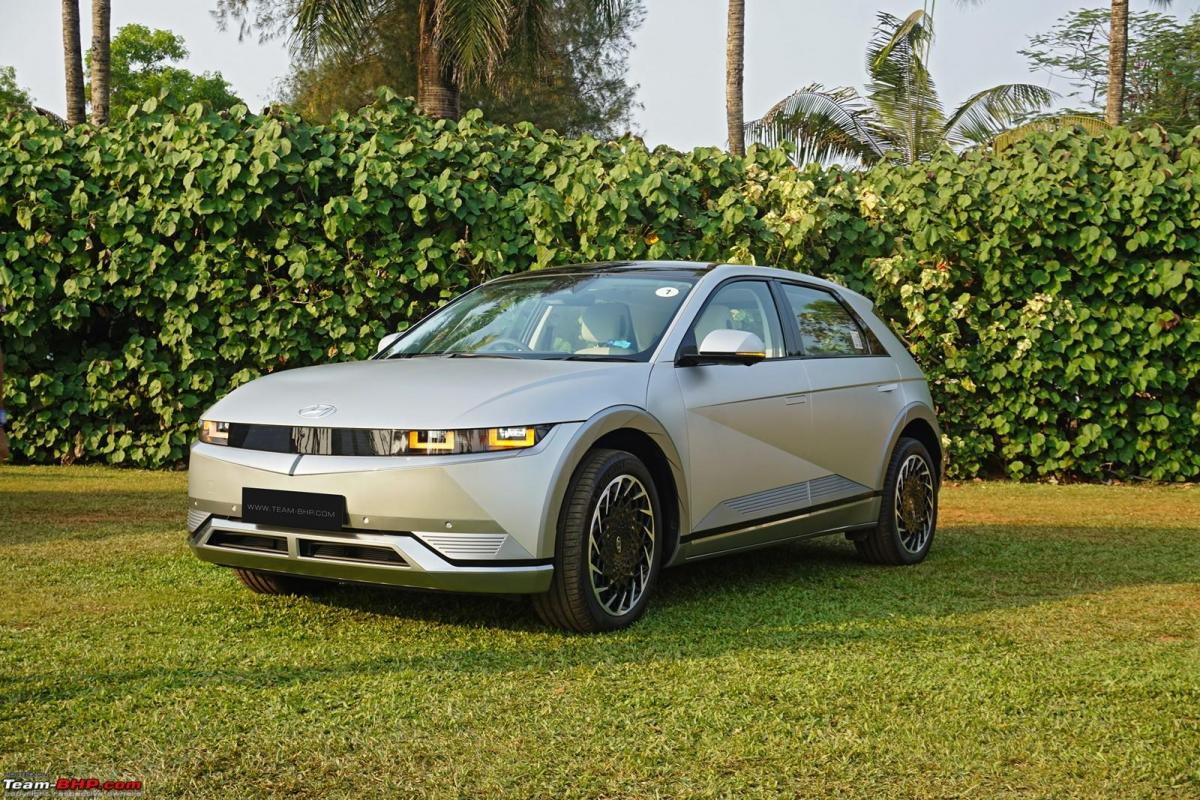
The Hyundai Kia Genesis E-GMP platform cars such as the IONIQ 5 and EV6 may seem expensive at first glance coming from the house of mainstream Korean cousins but they manage to provide a groundbreaking value for money quotient. The quality, packaging, space, performance, efficiency, range, refinement, comfort, technology and optimisation on offer are more akin to cars that cost three times as much, such as the Mercedes EQE, BMW iX and Audi Q8 ETron rather than the similarly priced competitors such as the Volvo XC40/C40 Recharge, Mercedes EQB and BMW iX1 which are based on an ICE platform and offer noticeably inferior packaging, space, efficiency and range in comparison.
Comparison to similarly priced competition

These vehicles offer a stellar package compared to the competition owning the ground-born electric platform, efficient motors and power optimisation as well as mostly in-house components. The Kia EV6 offers 4kWh more usable battery capacity, sporty modern styling, stiffer suspension and an AWD option whereas the IONIQ 5 offers Neo-Retro styling, comfort-oriented suspension and a RWD option only. The Kia EV6 is brought in as a CBU whereas the IONIQ 5 is a CKD resulting is a big price gap between otherwise identical cars.
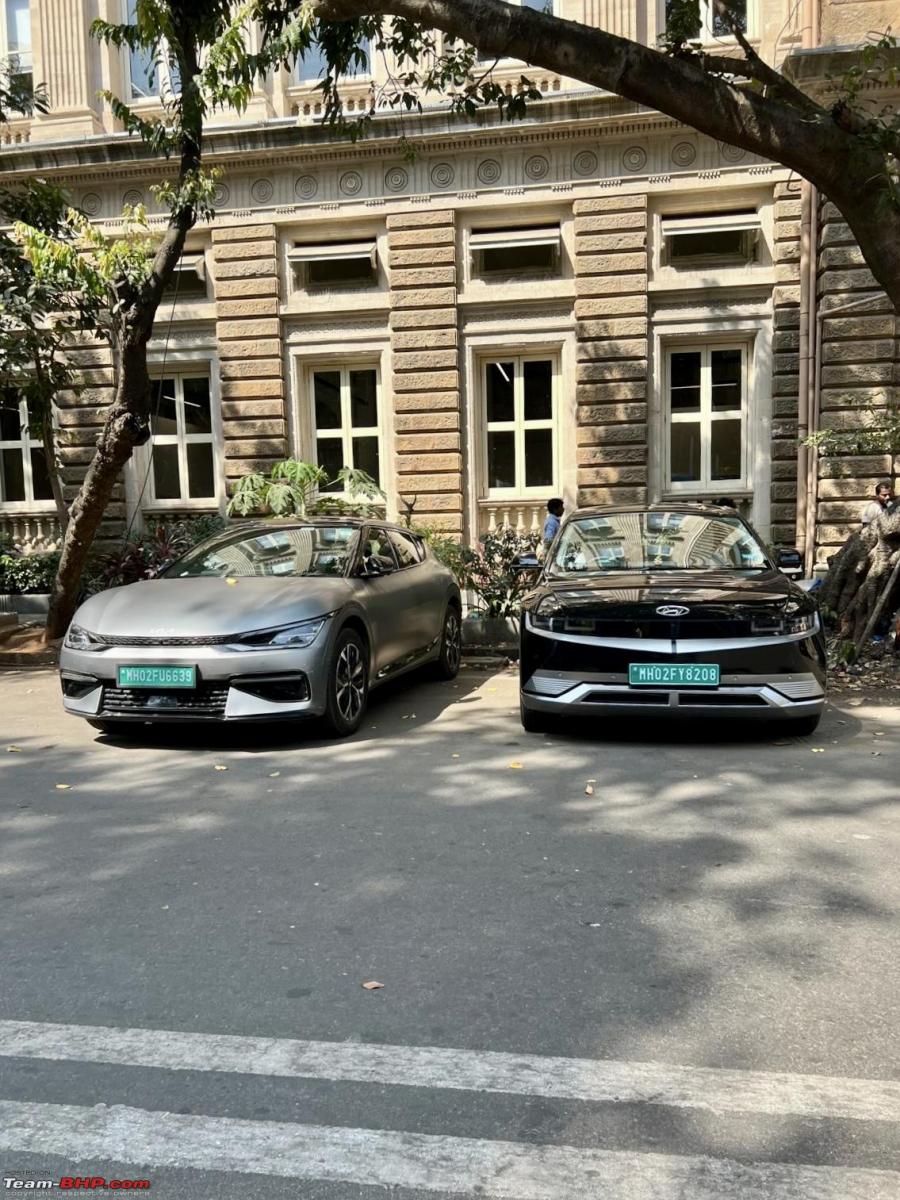
- Value For Money Pricing: The CKD pricing especially for the IONIQ 5 at 48L significantly undercuts the competition. The EV6 at 68L is a niche sportier, faster CBU alternative at a hefty premium that still undercuts most of the competition.
- Smart Packaging: Thanks to the dedicated born electric E-GMP platform, the wheels are pushed out to the corners resulting in a 3000mm wheelbase and a lavishly spacious cabin previously unseen in cars of this external dimension. The IONIQ 5 further utilises the space on offer with soft and comfortable electric heated and cooled front seats with ottomans and a zero gravity relax mode plus electric sliding and reclining heated rear seats.
- Fantastic build and material quality: Everything feels as solidly put together as the Germans and the interiors are very well-damped and draped with soft-touch elements and leather surfaces apart from the scratchy plastics towards the bottom of the cabin.
- Good Powertrain: The IONIQ 5 RWD offers a 70kWh usable battery pack with 215hp and 350Nm that briskly takes it from 0-100 in 7s whereas the Kia EV6 AWD offers a 74kWh usable battery pack with 320hp and 605Nm rocketing it to 100Kmph in just 4.8s.
- Brilliant Efficiency: Despite the good performance numbers, the RWD and AWD powertrains offer fantastic efficiency numbers where both cars offer more than 400 km real-world range on the highway and more than 500 km real-world range in the city. With just a 70kWh pack, they attain similar range figures to the flagship EVs that require a 90-110kWh pack to achieve the same. This significantly reduces energy consumption, charging times and costs to drive the same distance.
- Best in class charging speeds: These are the most affordable EVs in the world to offer an 800V architecture with the immediate step up being the Porsche Taycan and Audi E-Tron GT. This not only improves thermal and energy efficiency, it also results in an insane 230kW peak charging speed that could charge it from 10-80 in just 18 minutes at a compatible charger (250-350kW DC), the likes of which have finally started to pop up in India from ChargeZone and Tata Power.
- Great NVH: The lack of road and wind noise elevates the luxury quotient of these cars owing to the excellent damping, insulation and specialised Michelin Pilot Sport EV Tyres in the case of the IONIQ 5.
- Surprising Comfort: The IONIQ 5’s suspension glides over bad roads and potholes which makes it surprisingly indistinguishable from the air suspension in the Mercedes EQE500 despite the massive 20-inch wheels on offer. At high speeds and heavy cornering, however, it starts to float a bit but remains extremely composed. The low centre of gravity also ensures minimal body roll and increased confidence in high-speed cornering. The EV6 improves the handling further with a stiffer suspension setup and 19-inch wheels to compensate for the low-speed ride.
- Latest Technology: Both cars offer the latest and greatest in technology with everything from Level 2 ADAS, connected tech and intelligent battery, power and charging management systems indicative of well thought out and designed EVs
Volvo C40 Recharge Twin (65L)
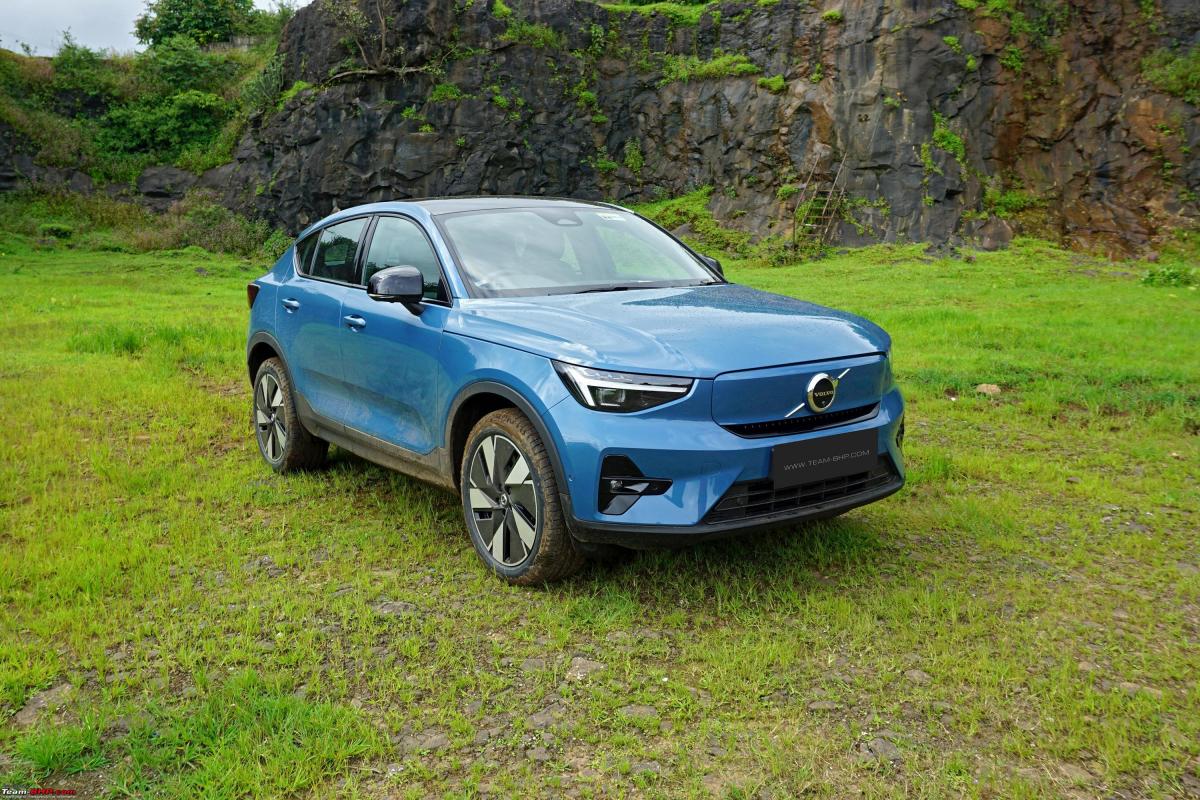
Pros:
- Better acceleration than IONIQ 5 RWD (4.7s vs 7s 0-100)
- Google Based Infotainment System
- Cheaper than EV6 AWD
Cons:
- Inferior Efficiency (Km/kWh) and Range (400Km vs 420Km @100kmph)
- Inferior Ride Quality
- Poor packaging and less space
- More expensive than IONIQ 5 RWD
Similar:
- Acceleration compared to EV6 AWD (4.7s vs 4.8s 0-100)
- Build and Material Quality
BMW iX1 xDrive30 (69L)
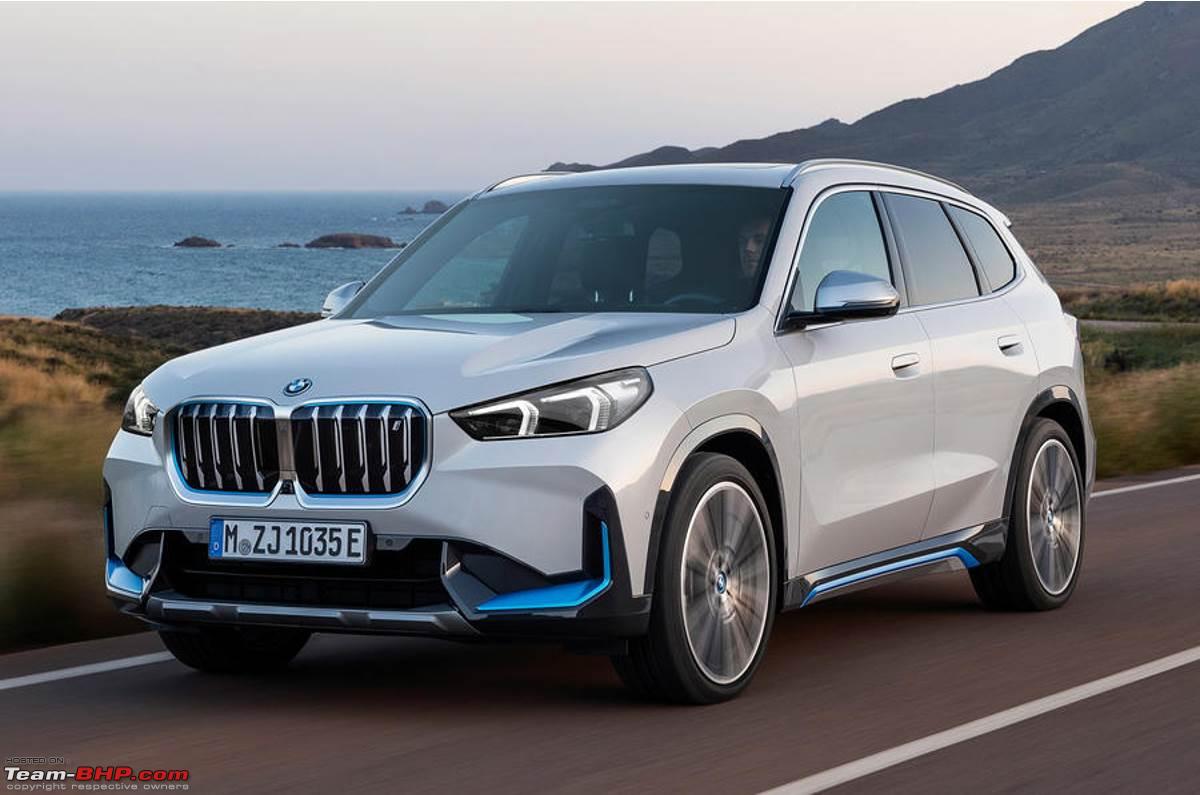
Pros:
- Better acceleration than IONIQ 5 RWD (5.7s vs 7s 0-100)
Cons:
- Inferior acceleration to EV6 AWD (5.7s vs 4.8s 0-100)
- Poor Efficiency (Km/kWh) and Range (350Km vs 420Km @100kmph)
- Inferior Ride Quality
- Poor packaging and less space
- More expensive than the IONIQ 5 RWD
Similar:
- Build and Material Quality
- Pricing compared to EV6 AWD
Mercedes Benz EQB300 4M (77L)
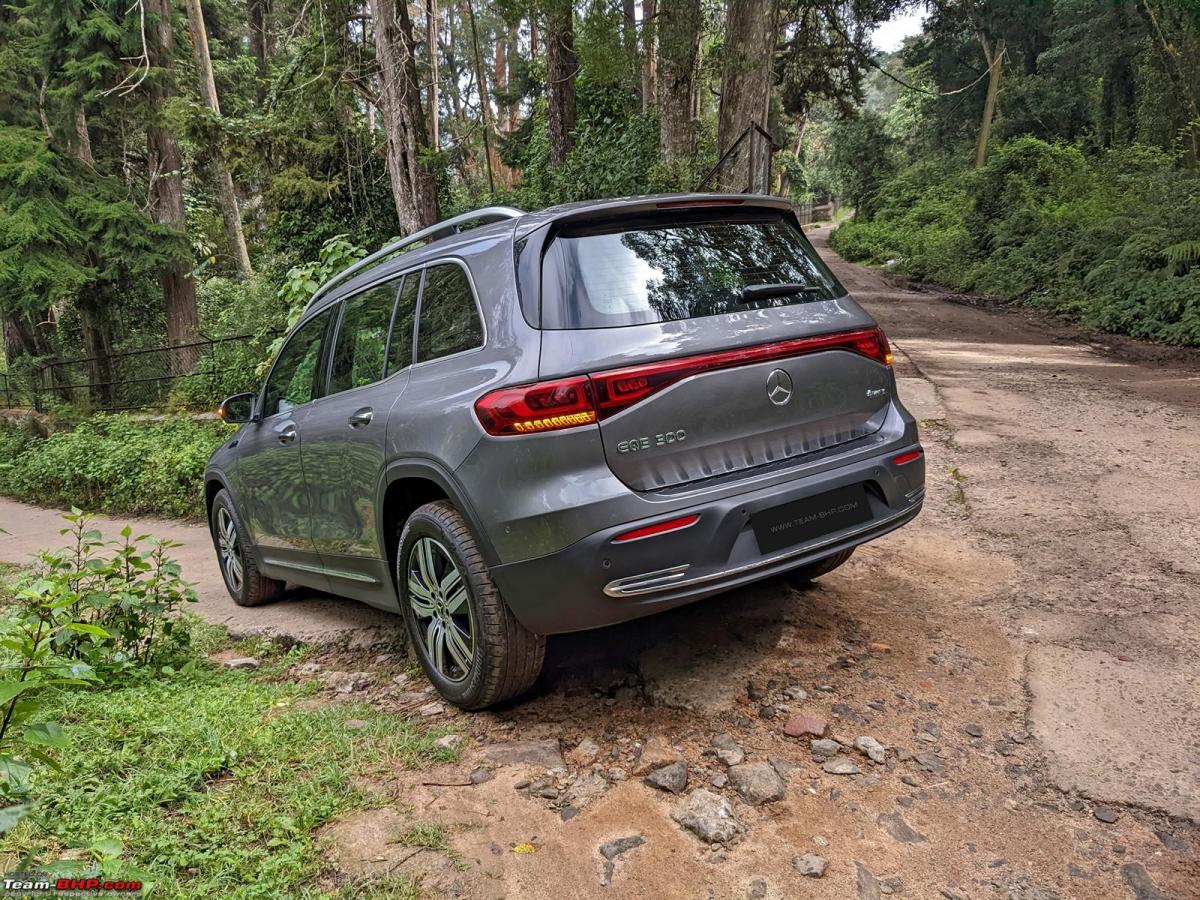
Pros:
- 5+2 Seater
Cons:
- Inferior acceleration to IONIQ 5 RWD and EV6 AWD (8s vs 7s vs 4.8s 0-100)
- Poor Efficiency (Km/kWh) and Range (350Km vs 420Km @100kmph)
- Inferior Ride Quality
- Poor packaging and less space
- Few Cheap Interior Plastics
- More Expensive than IONIQ 5 RWD and EV6 AWD
Comparison to higher priced competition:
Mercedes Benz EQE500 4M (1.46CR)
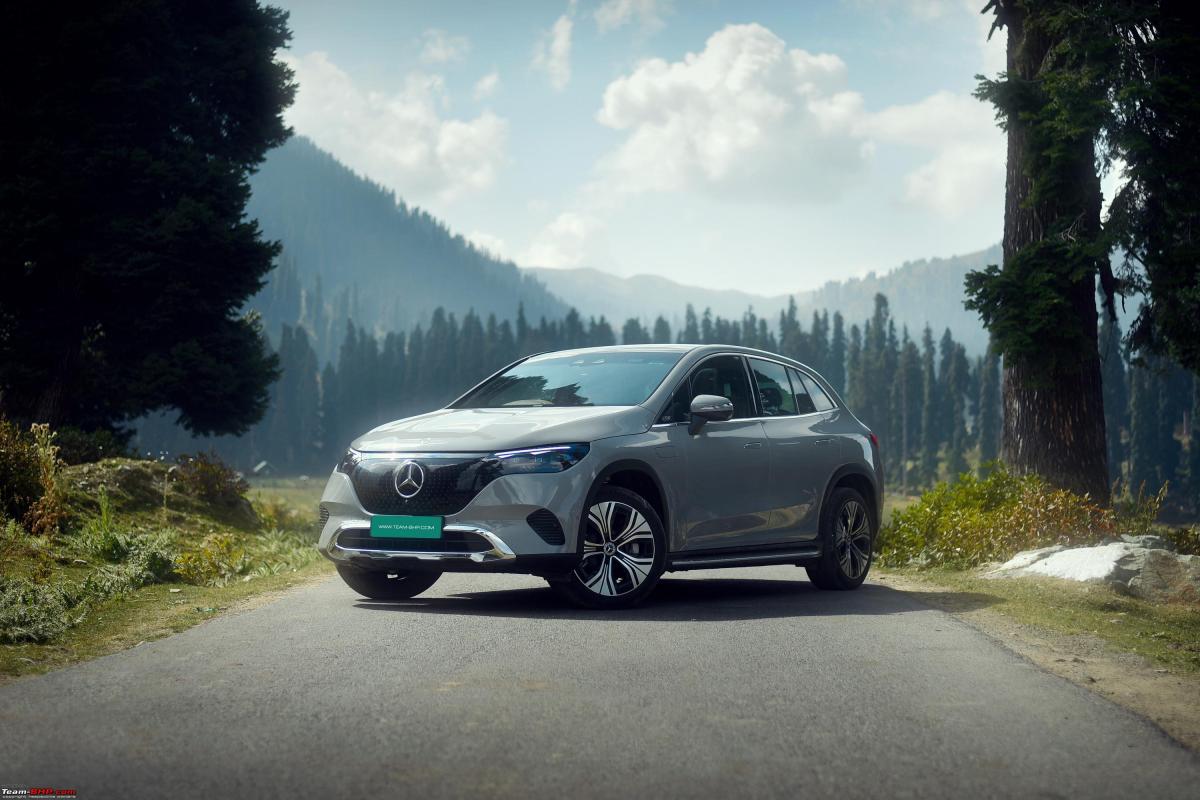
Pros:
- Better acceleration than IONIQ 5 RWD (4.8s vs 7s 0-100)
- Better Range (480Km vs 420Km @100kmph)
- Hyperscreen Infotainment System
- Interior Material Quality
Cons:
- Inferior Efficiency (Km/kWh)
- More Expensive
Similar:
- Acceleration compared to EV6 AWD (4.8s vs 4.8s 0-100)
- Packaging and Space
- Ride Quality
BMW iX xDrive40 (1.3CR)
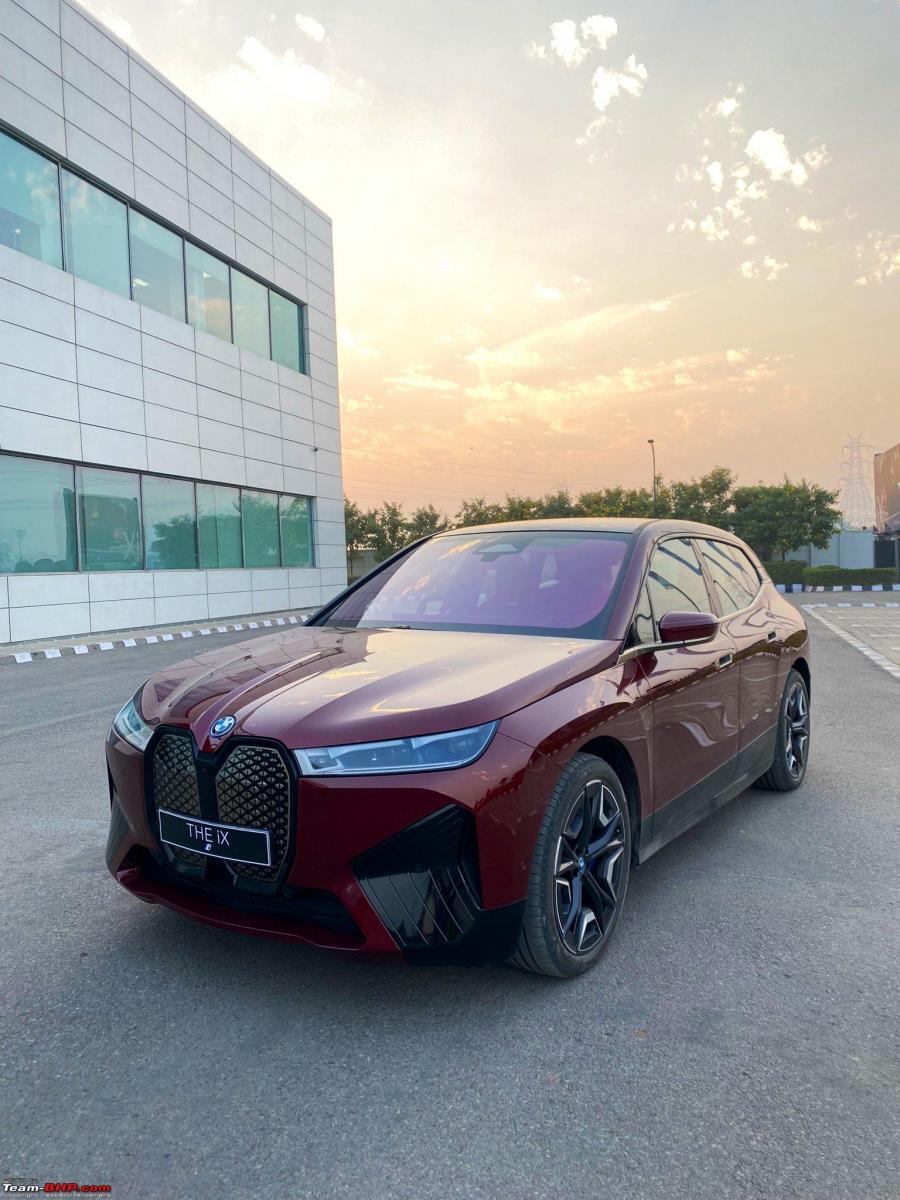
Pros:
- Better acceleration than RWD (6.1s vs 7s 0-100)
- Modern Interior design
- Interior Material Quality
Cons:
- Inferior acceleration to AWD (6.1s vs 4.8s 0-100)
- Inferior Efficiency (Km/kWh) and Range (380Km vs 420Km @100kmph)
- More Expensive
Similar:
- Packaging and Space
- Ride Quality
Audi Q8 Sportback ETron 55 (1.35CR)
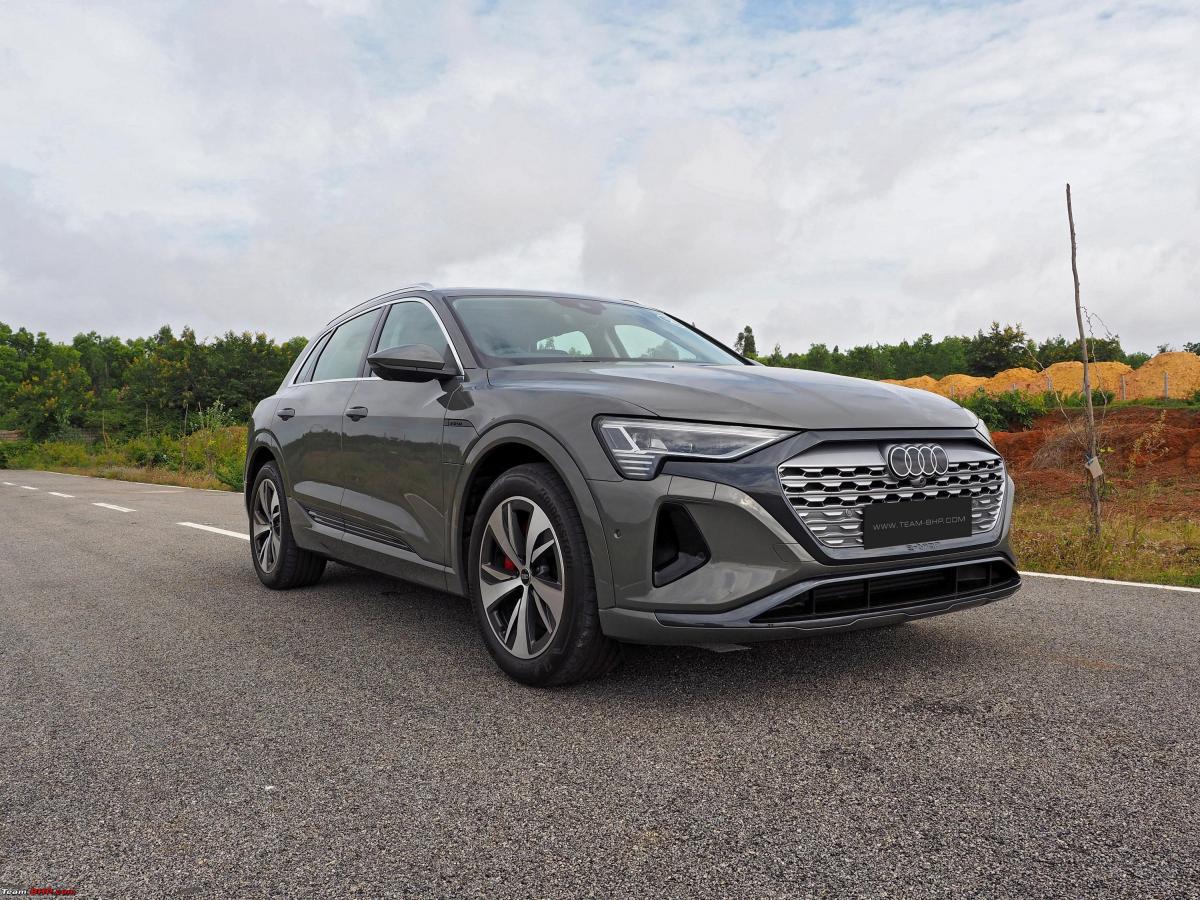
Pros:
- Better acceleration than IONIQ 5 RWD (5.6s vs 7s 0-100)
- Better Range (450Km vs 420Km @100kmph)
- Interior Material Quality
- More Mature Ride Quality
Cons:
- Inferior acceleration to EV6 AWD (5.6s vs 4.8s 0-100)
- Inferior Efficiency (Km/kWh)
- Poor packaging and less space
- More Expensive
Summary
The E-GMP cars such as the Hyundai IONIQ 5 RWD and Kia EV6 AWD completely eviscerate the slightly more expensive Swedish and German competition in almost all aspects turning out as undefeated champions. The Hyundai IONIQ 5 at 48L is an obvious choice over cars like the C40, EQB and iX1 priced between 65-77L as it offers tremendously better value while not losing out on any aspect but the acceleration when compared to the C40 and iX1.
If you have an itch for performance, the Kia EV6 AWD with its 4.8s 0-100 at 68L not only eviscerates the similarly priced competition such as the C40, EQB and iX1, but it also manages to surpass the flagship EVs in the country such as the EQE, Q8 ETron and iX which are several times more expensive, priced between 1.3-1.5CR.
The flagship EVs however manage to offer the intangibles and wow factor one expects at that price point such as unique styling, quirky interiors and modern tech yet they do not offer much more than the E-GMP cousins in terms of pure utility and usability.
Hence the Hyundai IONIQ 5 AWD turns out as the best EV in the country offering an insane package and value at 48L with the Kia EV6 AWD acting as a runner-up for those who want an IONIQ 5 but with blistering performance, albeit at a hefty 20L premium just for the added acceleration.
Note- A real-world range test was done for each car by calculating the efficiency at continuous cruise control at 100 kmph and multiplying the figure by the usable battery capacity. Real-world 0-100 acceleration figures were obtained by GPS tests done by individual media houses. The pricing mentioned are the On-Road figures including insurance and TCS for states with 0% EV Road Tax. The pictures used for reference are from TeamBHP reviews of the respective cars as I was not able to capture all cars individually. Cheers!
Check out BHPian comments for more insights and information.
News
Safari facelift vs XUV700 vs Innova Crysta vs Others: Which to buy?
Which 7-seater would you choose in the Indian market? and why?

Tata Safari Facelift
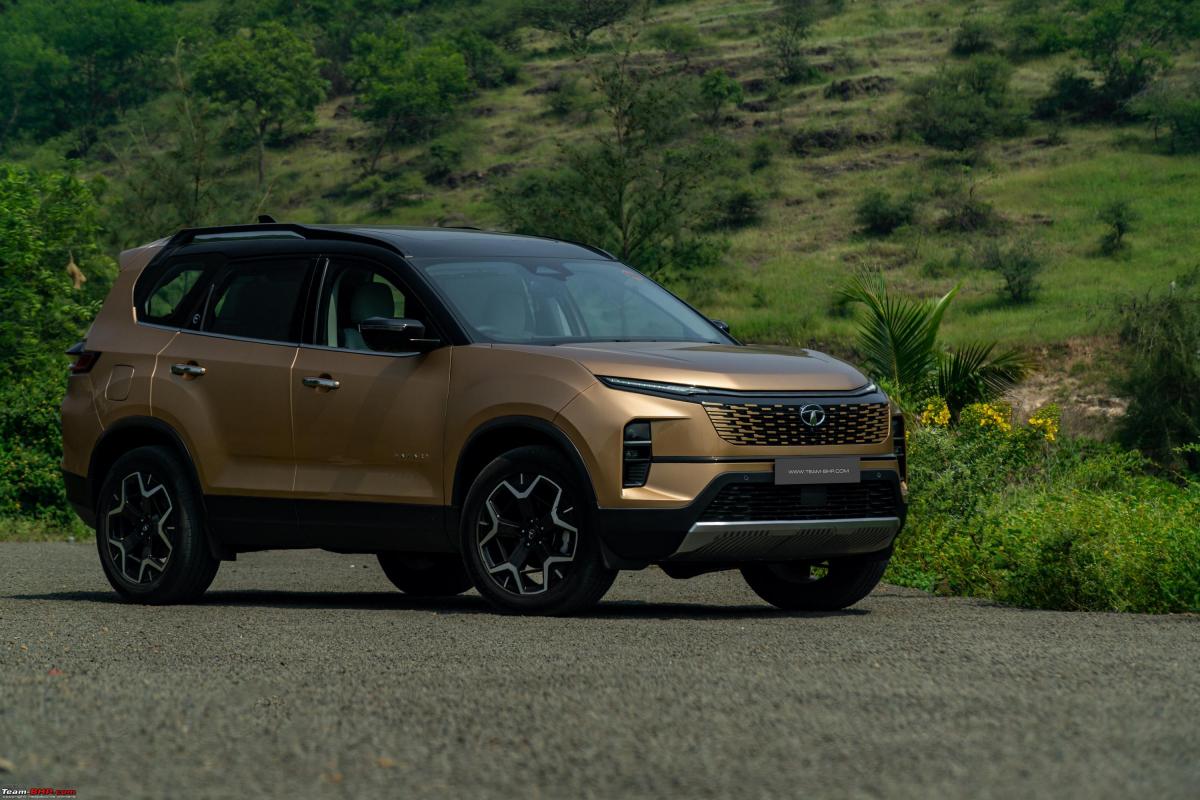
Mahindra XUV700
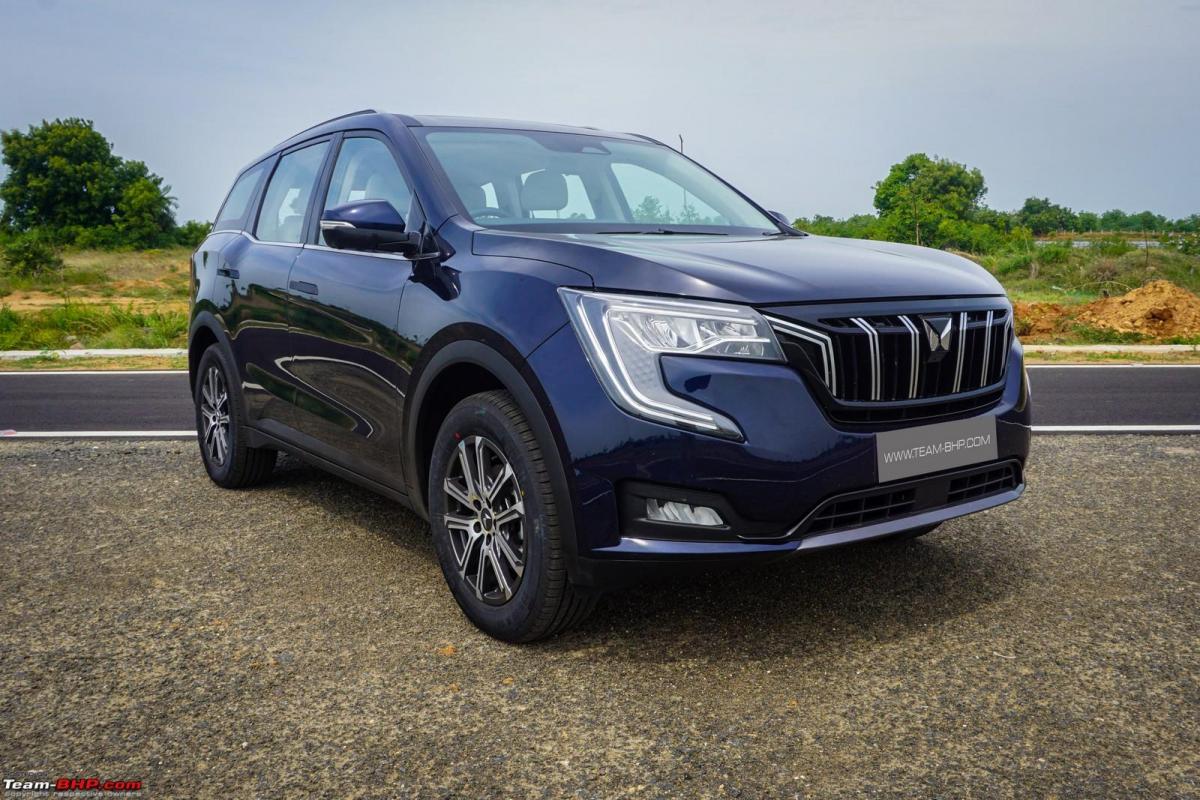
What you'll like:
- Handsome styling matched to solid build quality. Has street presence, feels robust
- Very spacious interiors with comfy seats and sorted ergonomics. 6-footer passengers welcome!
- 182 BHP turbo-diesel & 197 BHP turbo-petrol make for a potent line-up
- Smooth 6-speed torque converter Automatics available with both engines
- Sorted suspension with good road manners & high-speed stability
- AWD is available for the adventurous, unlike most FWD crossovers in the segment
- Loaded with features like radar-based driver assistance system, pop-out door handles, panoramic sunroof, driver memory seat, 360-degree camera, 10.25" infotainment & instrument cluster etc.
- 12-speaker Sony audio system is fantastic! You'll enjoy its sound quality
- Safety features include 7 airbags, ESP, all-wheel disc brakes, hill hold, hill descent control, driver drowsiness detection, TPMS, ISOFIX...
What you won't:
- Negligible boot space with the 3rd-row seat up. Either 5 on-board or 7 with a roof-top carrier
- Cramped 3rd-row seat is best suited to children only. A sliding middle row is sorely missed
- Petrol AT is thirsty due to its hefty weight, 197 BHP & torque-converter AT
- Some cabin plastics & a few rough areas don't feel premium in an otherwise loaded SUV
- Missing features such as an auto-dimming IRVM, ventilated seats, paddle shifters, full-size spare wheel, ambient lighting, rear sunblinds...
- Concerns over niggles & bugs in a freshly baked, complex Mahindra. We saw 2!
- Mahindra's after-sales service is a hit or miss. Remains a gamble
- AWD is available just with the Diesel AT, and not the MT or petrol motor
MG Hector Plus
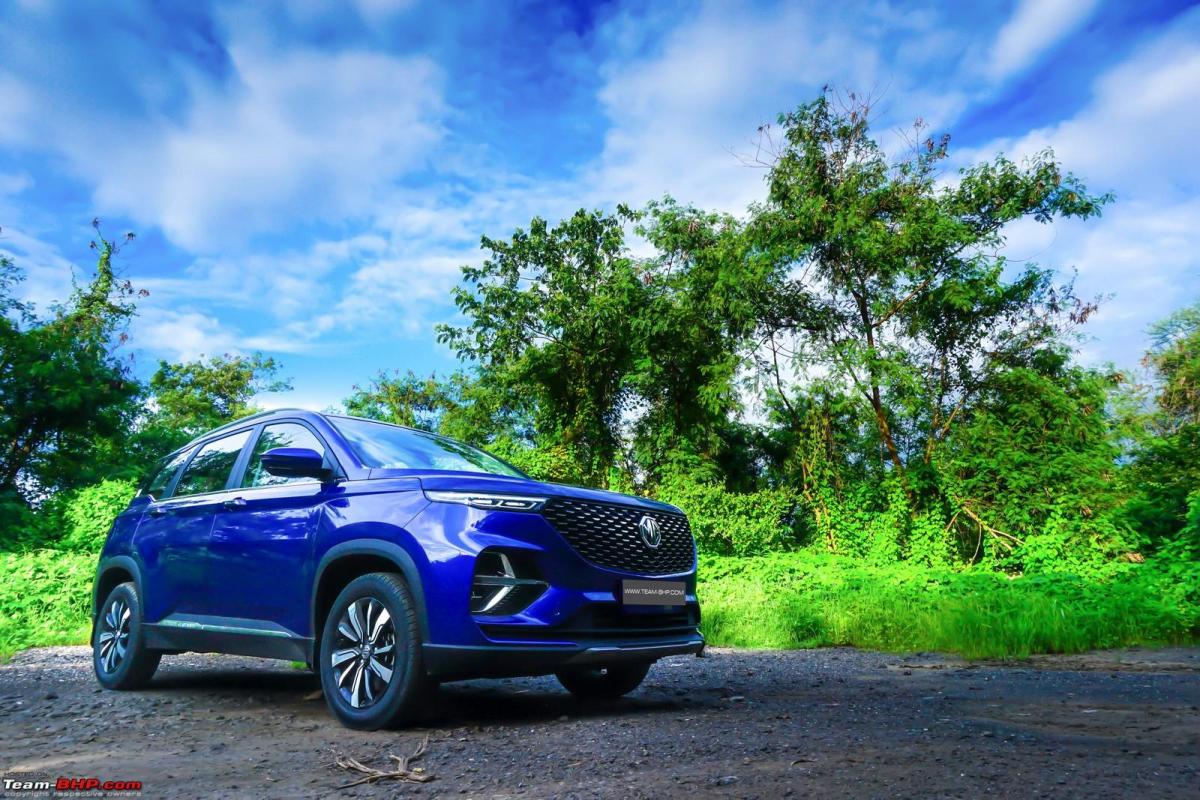
Hyundai Alcazar
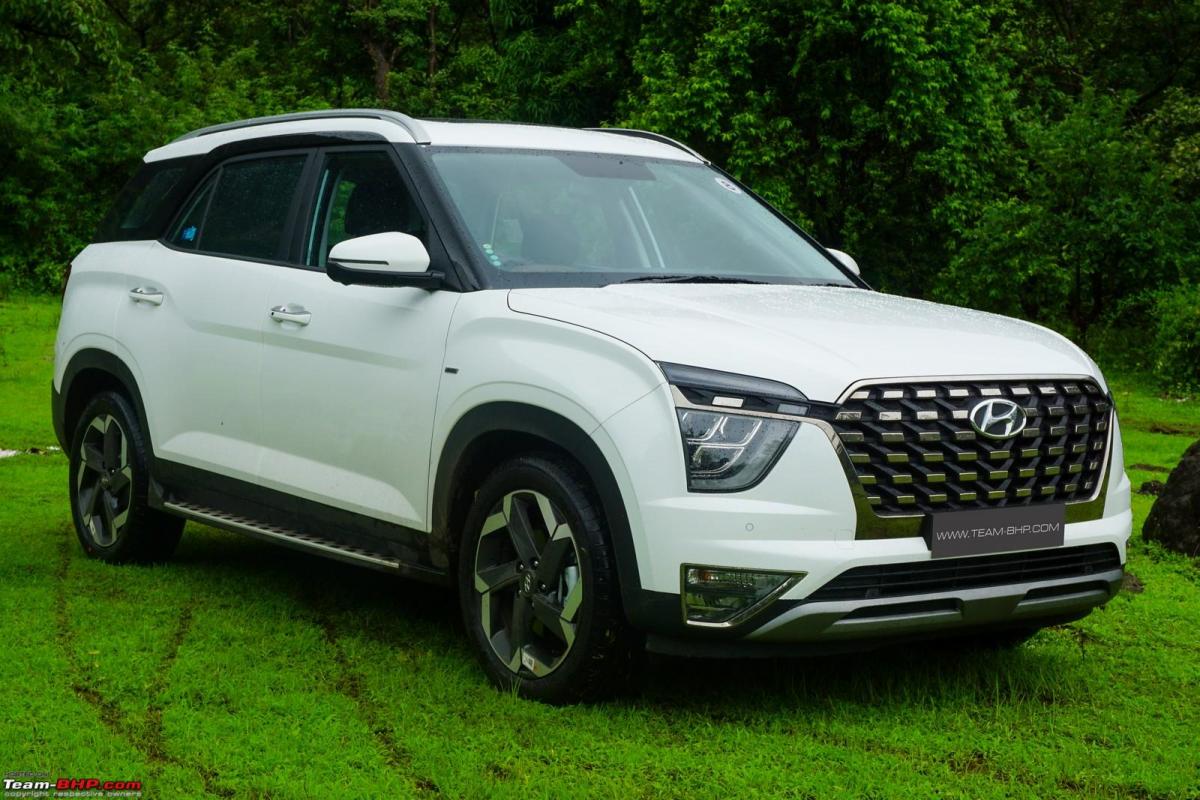
What you'll like:
- A 3-row family car that's well-built inside out
- User-friendly interiors look really good (brown shade is awesome) and have quality parts
- Economical 1.5L diesel is available in MT & AT variants. Offers good driveability
- Comfortable ride quality with neutral road manners
- Unladen ground clearance of 200 mm is perfect for Indian roads
- The Alcazar's safety package includes 6 airbags, ESP, all-wheel disc brakes, auto-hold, TPMS etc.
- Impressive kit (fully digital instruments, 360-degree camera, 2nd-row wireless charger, panoramic sunroof, paddle shifters, Bose sound system, cooled seats & loads more)
- Hyundai's competent after-sales service & wide dealer network
What you won't:
- Oddball love-it-or-hate-it face. We find the Alcazar's front design to be weird & overdone
- 2nd-row legroom is mediocre (captain seat variant). Compromises have been made to accommodate the 3rd-row & boot
- 3rd-row seat is best suited to kids only. Not really a place for adults
- Rs. ~3 lakh OTR premium over the Creta on the higher variants is too much!
- Diesel’s 113 BHP & 250 Nm – although adequate – are the lowest in the segment
- Competitors like the Tata Safari & MG Hector Plus offer way more spacious cabins
- Some misses (no petrol AT 7-seater variant, auto wipers, illuminated window buttons, full-size spare tyre on top trims etc.)
Kia Carens
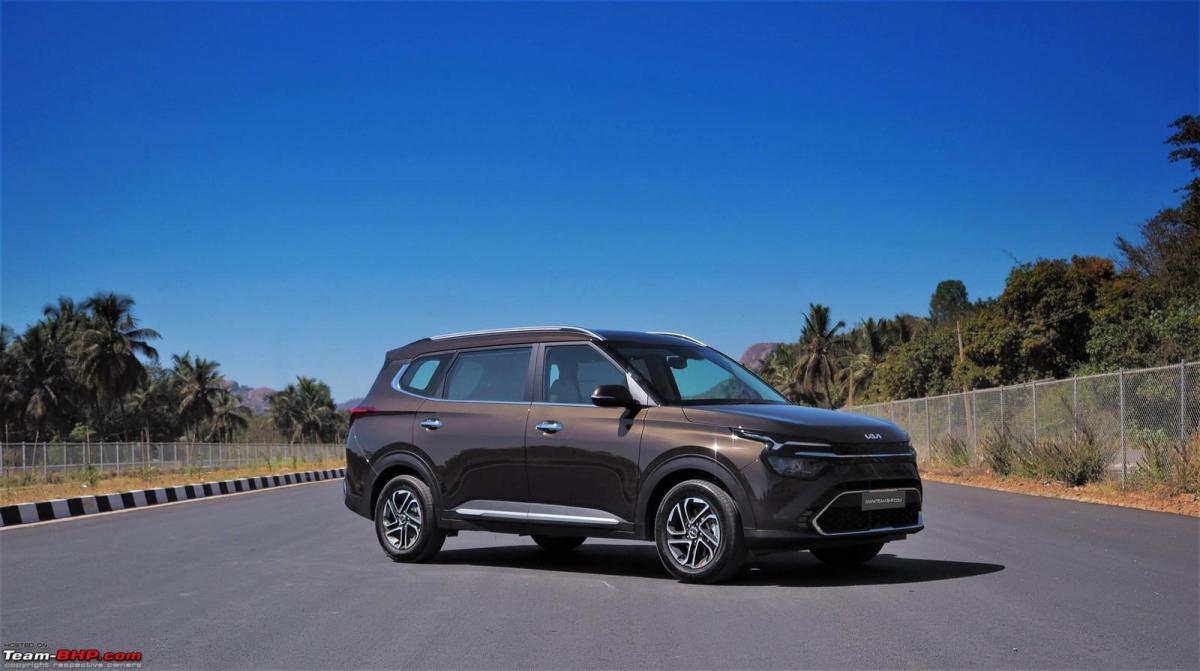
What you'll like:
- Fresh styling that will appeal to a larger audience (unlike the polarising Alcazar)
- A practical & sensible 3-row family car that's well-built. The 3rd-row seat is actually useable
- User-friendly interiors look really good (blue shade is awesome) and have quality parts
- Economical 1.5L diesel is available in MT & AT variants. Offers good driveability
- Impressive ride quality with neutral car-like road manners
- The Carens' safety package includes 6 airbags, ESP, all-wheel disc brakes, TPMS etc as standard.
What you won't:
- 3-star GNCAP safety rating is disappointing (related discussion)
- 2nd-row legroom is just ordinary, despite the seat travel of the 1st-row being restricted
- Diesel’s 113 BHP & 250 Nm – although adequate – are the lowest in the segment
- Some niceties missing vs the Alcazar - no 360-degree camera, no full virtual dials, no panoramic sunroof
- Competitors like the Tata Safari, MG Hector & XUV700 offer way more spacious cabins
Mahindra Scorpio-N
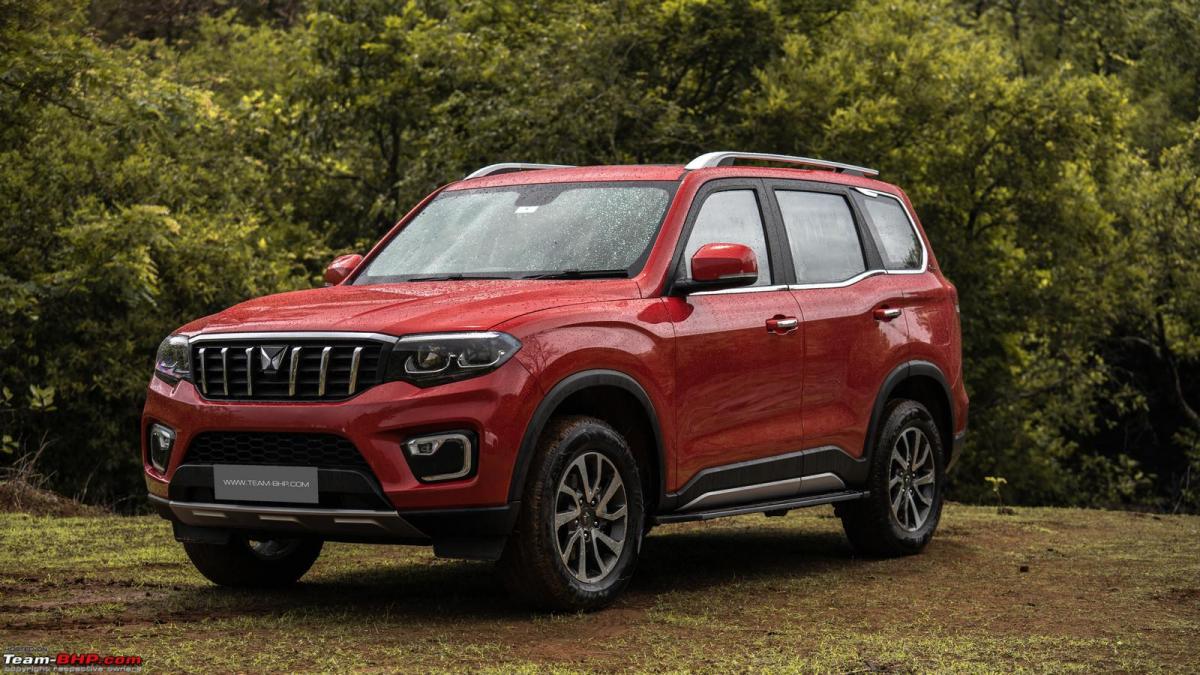
Toyota Innova Crysta
What you'll like:
- Indestructible build & durability. The Innova is known for its bullet-proof reliability
- Spacious, flexible & practical cabin. An extremely comfortable long-distance commuter
- Upmarket interiors. The ZX AT variant is very plush
- 148 BHP diesel engine is powerful enough and gets user-selectable driving modes
- Balanced suspension & road manners. High-speed stability is rock-solid
- Top-notch safety kit. 7 airbags, ABS, ESP, TC, Isofix & 3-point seatbelts for all
- Feature packed! Leather seats, LED headlamps, mood lighting, cruise control & lots more
- Toyota's excellent after-sales service and fuss-free ownership experiences
What you won't:
- Hefty price tag!
- Top ZX variant is unavailable with a middle-row bench seat (8 seater)
- The lower variant's interior looks too basic
- Heavy steering at parking / low speeds. Can get cumbersome in the city
- Poor sound quality from the ICE. Cheap speakers beg for an upgrade
BHPian rajeshsundaram's Review Link
Here's what BHPian MotorDev had to say on the matter:
Voted for the XUV700. Why?
- The XUV700 offers a diverse range of engine options, comes at a lower price than the Safari facelift, and provides similar features.
- While I admire the Safari facelift's design, the exclusive availability of a diesel engine, ergonomic concerns, and minor issues mar the overall experience.
- Moving on to the Hector Plus, the association with Chinese manufacturing affects its image despite its commendable feature set and value-for-money proposition. However, the third-row seating feels like a mere afterthought.
- The Alcazar, while feature-rich, disappoints in terms of space. The second-row seating doesn't match up to the comfort offered by the Creta, and the third-row feels like it's there just for the sake of it. Furthermore, the Alcazar's styling doesn't impress me.
- The Carens stands out as a well-rounded choice, excelling in various aspects except safety. It offers a variety of engines and is an attractive package overall.
- The Scorpio N, although excellent for off-road enthusiasts, caters specifically to that niche market. Regarding comfort, the XUV700 takes the lead, while the Scorpio N shines in SUV capabilities.
- Regarding the Innova, I find it relevant to mention the Innova Hycross, which stands out as a strong contender. The Innova Crysta, on the other hand, feels outdated. The Innova Hycross proves to be a great family car with a substantial feature set.
- Additionally, when considering the options, it's crucial to include the Invicto in the discussion.
In summary, my preference ranks the XUV700 at the top, followed by the Safari facelift in second place, and the Innova Hycross in third.
Here's what BHPian FAIAAA had to say on the matter:
Voted for XUV700
- Well said Motordev. You have covered most points. In addition:
- Xuv700 has optional AWD (still feel an SUV should have 4*4/ AWD else it's a crossover) and while both Indian manufacturers have QC issues, inconsistent quality, and ASS, I would lean towards Mahindra over Tata
- Hector Plus - no diesel automatic, CVT is not for enthusiasts and poor FE. Good ride but boat-like handling
- Alcazar got its space management wrong, though having driven both Alcazar and its twin Carens, I feel the former has a more solid build.
- Amazing all-rounder, but more MPV than SUV
- Scorpio N is a true blue SUV in this list of SUVs and would lose out on the driving dynamics, feature set, and comfort of monocoques vs BOF.
- Crysta / Hycross / Invicto - I am amazed at the space management in the latter 2. Also petrol hybrid is a great option for those in NCR. A great option for those considering a MUV
So, in summary:
- Scorpio N if you are looking for a true blue SUV
- XUV700 or Safari for a premium crossover
- Crysta or Hycross/ Invicto for large MPV
- Carens for mid-sized MPV
Here's what BHPian shancz had to say on the matter:
Voted Safari.
- Why? If I am thinking of 7 seaters then I am thinking primarily for the passenger comfort and I am already way outside my comfort zone of size and heft.
- So why not go the whole hog and get the latest of the most experienced one which looks better than the rest IMHO?
- Although I would stick to lower trims, at most the Adventure AT, skipping some unnecessary tech and those 19 inches.
- Possible deal-breakers could be the knee-console issue, the A-pillar blackspot, and the general performance of the "glass cockpit".
Fallback option: Innova Hycross
Here's what BHPian CEF_Beasts had to say on the matter:
My vote goes to the ‘Crysta’.
- I’ll just say this, there are very very few SUVs / MUVs that can stand the test of time like a BoF, RWD Toyota can, period.
- A very close second for me would belong in the ‘Others’ category: The Innova HyCross.
- I’m not someone who buys a car based on its features, I prefer a complete package that a car and its brand has to offer.
- A reliable, no-nonsense, cheap-to-maintain, fuel-efficient, sufficiently powerful, spacious, and decently safe is the package that I like and apart from the Crysta or HyCross, I don’t see any other car fulfilling all these criteria at least for me.
- I have put my money where my mouth is at least for now, by booking the HyCross and plan to retain my BoF Diesel Toyota till the time the government doesn’t forcefully take it away from me…
Check out BHPian comments for more insights and information.
News
Rumour: Lamborghini Revuelto to cost Rs 8.9 crore in India
The Lamborghini Revuelto will take on the Ferrari SF90 Stradale, which is powered by a V8 plug-hybrid.
Lamborghini is expected to launch its first V12 plug-in hybrid flagship, the Reveulto, in India later this year. According to a media report, the supercar is likely to cost Rs 8.9 crore.
The Revuelto is a successor to the Aventador. It carries forward the sharp and aggressive design and gets elements like Y-shaped LED daytime running lights and LED tail lights separated by dual hexagonal exhausts.
The Y-shaped theme continues on the interior. The supercar features a lot of carbon fibre as standard all around the cabin, a 12.3-inch digital instrument cluster, an 8.4-inch vertical touchscreen infotainment unit and a 9.1-inch horizontal passenger-side display.
The Revuelto is powered by a new 6.5-litre naturally-aspirated V12, which produces 825 BHP @ 9,250 rpm and 725 Nm @ 6,750 rpm. It is paired with three electric motors, two at the front and one at the rear, which, along with the engine offer a combined power output of 1,001 BHP. The hybrid powertrain is paired with a new 8-speed dual-clutch automatic transmission.
The Revuelto can accelerate from 0 - 100 km/h in 2.5 seconds and can reach a top speed of 349.2 km/h. The supercar also has a 3.8 kWh battery pack, which offers an EV-only range of 10 km.
Source: Autocar India
News
My MG Hector wished me a Happy Birthday
The greeting looks really good on the large display of Hector. A nice touch.
BHPian krsnasgr recently shared this with other enthusiasts.
Well, this was interesting! It's my birthday today and I just wished by my Hector. The Voice Assistant greeted me, wished me Happy Birthday and then played a full-screen video with animations and a Happy Birthday song!
The greeting looks really good on the large display of Hector. A nice touch. Kudos!
I captured a quick pic
Here's what BHPian fhdowntheline had to say on the matter:
Things have indeed come a long way. About 19 years ago, I received a birthday card from Hyundai saying "Happy 1st birthday to the newest member of your family"- it was my Santro's birthday. Now, it's the other way round - cars greet their owners.
Here's what BHPian Yesterdaysnews had to say on the matter:
That’s really, really cool what MG did! A great touch indeed! Haha, you must have been really pleasantly surprised when this happened!
Check out BHPian comments for more insights and information.
News
Qantas' new in-flight experience to help reduce jetlag
The first Airbus A350 with the dedicated changes is set to be delivered in 2025.
According to media reports, Qantas has partnered with Sydney's Charles Perkins Centre to come up with a unique in-flight experience which could help reduce jetlag drastically.
In 2019, a team of scientists were onboard three dedicated research flights, along with a few volunteer customers, in preparation for Project Sunrise - the world's longest non-stop flight. Now, data collected during these flights are being used to make specific changes, which could help passengers reduce jetlag significantly.
Qantas recently gave a glimpse of what these in-flight experiences could be like. It includes a tailored menu, with meals designed to support relaxation & sleep and specific lighting features and schedules to help passengers adapt to their destination's time zones better. Passengers would also be encouraged to do some stretching and fitness based on a tailored program.
The research is being supported by Airbus, who will integrate the dedicated features into its A350 cabin. The plane is said to get a Wellbeing Zone for Premium Economy & Economy class, where passengers will get space to move and stretch. All classes in the new upgraded A350 will have extra room as the number of seats will be reduced by 100. The flights will also have a complex lighting system which will change brightness & colour at different stages.
The first Airbus A350 with the dedicated changes is set to be delivered in 2025; the same year Qantas plans to launch its Sydney-New York route.
Source: AutoEvolution
News
Paint washing off a 6-month-old Nexon: Dealer avoids warranty claims
Paint is literally rubbing away when wiping with a cloth, almost as if it is shoe polish.
BHPian motonomad recently shared this with other enthusiasts.
Hi Nexon community, posting the ongoing experience of a friend/colleague with Nexon with his permission as he is not a member. For us, watching him deal with the Tata dealership and workshop for the past few months has crossed from funny the initial few times to painful now. It almost feels like trying to wrestle a pig in mud, but I am getting ahead of myself.
He bought a black manual Tata Nexon petrol from Arya Tata in Gurgaon about 6 months ago (October 2022). In a typical Tata fashion, there were long delays, way past the initially committed date, but fine. Then they were eager to allocate a car but my colleague wanted to check it in person first. The car somehow had the whole carpet soaked and even had standing water in some places near the foot space for the rear passenger. Very questionable, obviously. And when asked, no one had a clear answer of how a seemingly brand new car was flooded from the inside except "must have happened during cleaning".
So that car was rejected and the wait continued. Another unit with a different chassis number arrived a week or so later. There were some noticeable issues like inconsistent panel gaps and seemingly poor paint finish in some inner spots. He pointed those out but didn't make much fuss over it because this was fairly common across a lot of Tata cars and because there had already been a fair bit of delay already.
Fast forward to now, skipping over the pains with Tata service and Tata's endless feature list tweaking causing more confusion, the paint in some places in the car is starting to change the texture. This is happening primarily in all the door frames. With paint losing its gloss in some drip signs to the paint literally rubbing away when wiping with a cloth almost as if it is shoe polish. This has started happening only over the past 2-3 weeks.
On raising this issue with the workshop, they first tried to dismiss it with "sir ye koi chemical gir gaya hoga aapse" (translation: you must have dropped some chemical here) which, on pointing out that it is happening to all the door frames, very quickly changed to offering to get it repainted as a favour.
The problem, however, is that they are skirting around in putting anything in writing and despite multiple requests, won't make a warranty claim for it.
The dealer at first lied that the warranty claim has been made and they are awaiting a response from the company. On probing further, the same response changed to "We are yet to make a claim, we will update you". Afaik, no warranty claim has been made yet. My colleague was fairly calm throughout this whole ordeal and even with multiple issues in the past but the endless lying and lack of accountability are getting a bit too much now.
To compound it all, the communications made to Tata are re-routed to the dealership itself which is clearly the lousiest approach the brand can take. I have first-person experiences with Ford, Fiat and Skoda. I really thought Fiat was the worst there could be but I was clearly wrong. There have been issues of different scales with each but never have I witnessed this level of apathy towards the customer from a brand.
I am unable to understand why the dealer is avoiding a warranty claim for this. Why are they offering to repaint it as a favour, probably at their cost, and not put down this issue on the company with a warranty claim? Also, what can be the channels to reach someone at Tata who would actually not route it back to the dealer to go in an endless loop? Input from existing Tata owners would be really appreciated
Attaching some images below of the brilliant work of art that is the Tata Nexon paint.




Check out BHPian comments for more insights and information.
Pages






